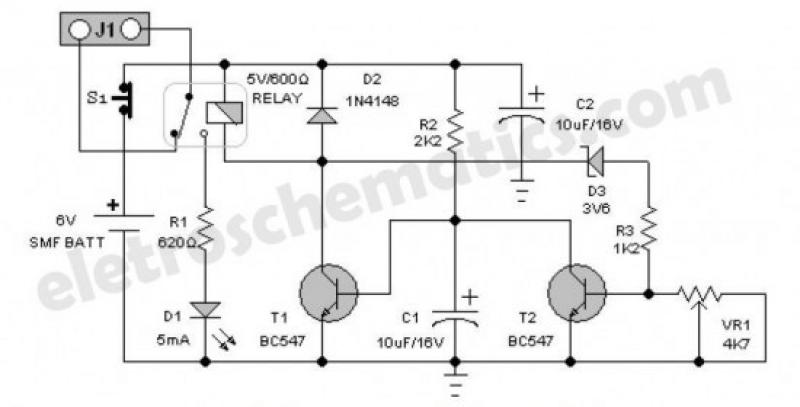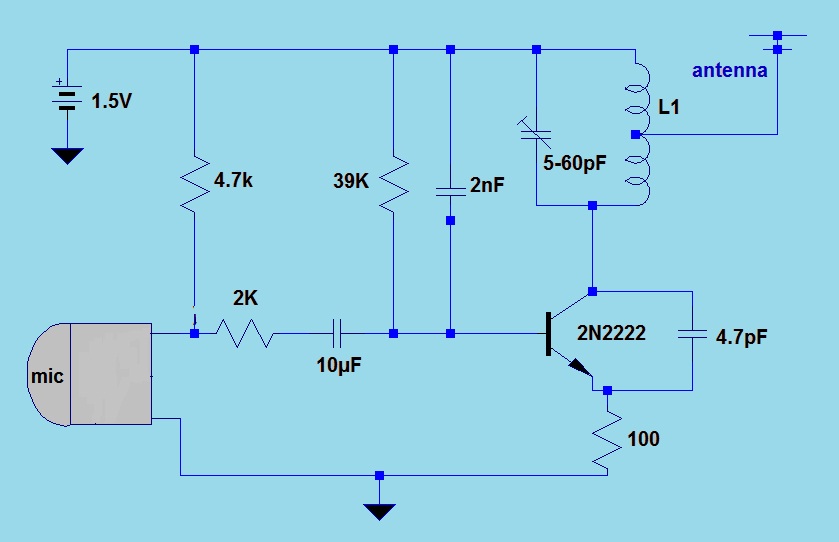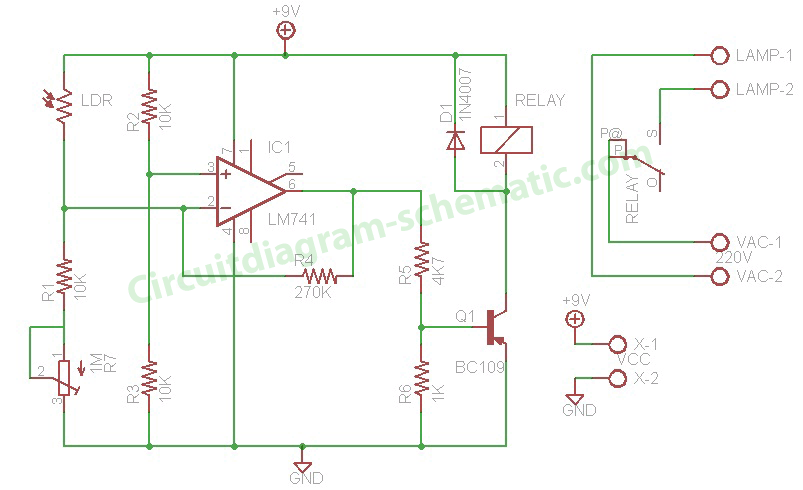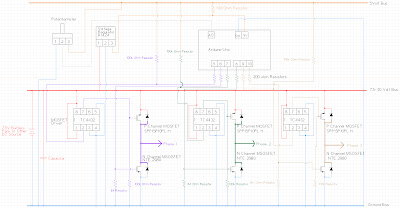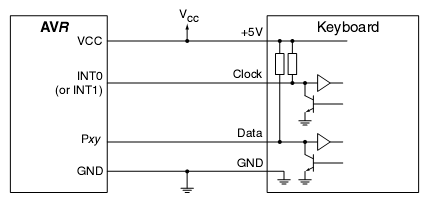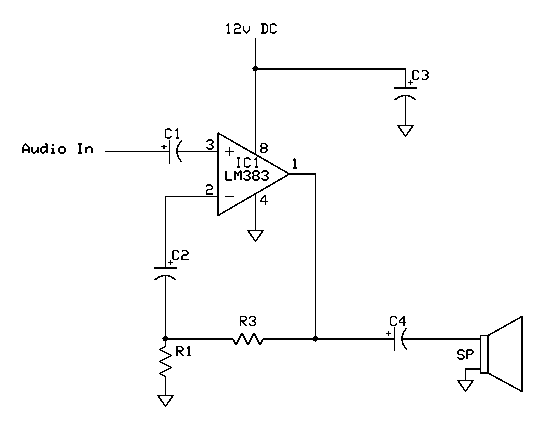
mosfet 500 watt inverter with solar battery charger controller
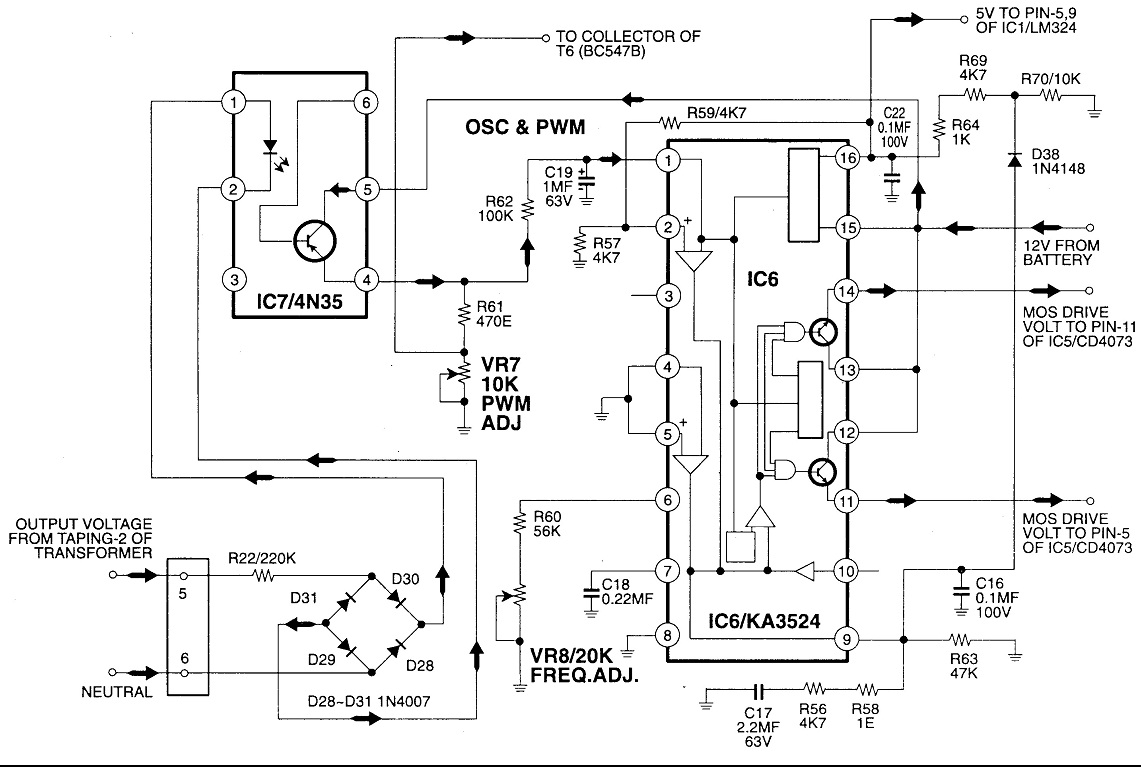
Circuit No. 1 (Oscillator Circuit and Feedback Circuit) Circuit No. 2 (MOS Driver Circuit) Final Product: - Operation of Circuit No. 1 (Oscillator Circuit and Feedback Circuit) This inverter utilizes Pulse Width Modulation (PWM) technology. The working principle of various sections of this inverter is explained as follows: 1. Oscillator Section: This section generates the...
The inverter circuit comprises two primary sections: an oscillator circuit and a MOS driver circuit. The oscillator circuit is crucial for generating a high-frequency square wave signal, which serves as the control signal for the subsequent stages of the inverter. It operates on the principle of Pulse Width Modulation (PWM), where the duty cycle of the output signal can be adjusted to control the output voltage and power delivered to the load.
In the oscillator section, components such as resistors, capacitors, and operational amplifiers are configured to establish the desired oscillation frequency. The output of this section is a square wave that alternates between high and low states, which is essential for the operation of the inverter.
The second section, the MOS driver circuit, is responsible for amplifying the signals produced by the oscillator. It utilizes MOSFETs (Metal-Oxide-Semiconductor Field-Effect Transistors) to switch the output effectively. The driver circuit ensures that the MOSFETs are turned on and off at the correct times, allowing for efficient power conversion from DC to AC.
Together, these sections form a complete inverter circuit capable of converting a DC input into a usable AC output, making it suitable for various applications, including renewable energy systems, uninterruptible power supplies (UPS), and motor drives. The design emphasizes efficiency, reliability, and the ability to handle varying load conditions while maintaining stable operation.Circuit No. 1 (Oscillator Circuit and feedback circuit) Circuit No. 2 (MOS DRIVER CIRCUIT) FINAL PRODUCT: - WORKING OF THE CIRCUIT No.1 (Oscillator Circuit and feedback circuit) This Inverter is based on the Pulse Width Modulation technology. Working principle of various section of this INVERTER is explained next:- 1.Oscillator section:- This section generates the..
🔗 External reference
The inverter circuit comprises two primary sections: an oscillator circuit and a MOS driver circuit. The oscillator circuit is crucial for generating a high-frequency square wave signal, which serves as the control signal for the subsequent stages of the inverter. It operates on the principle of Pulse Width Modulation (PWM), where the duty cycle of the output signal can be adjusted to control the output voltage and power delivered to the load.
In the oscillator section, components such as resistors, capacitors, and operational amplifiers are configured to establish the desired oscillation frequency. The output of this section is a square wave that alternates between high and low states, which is essential for the operation of the inverter.
The second section, the MOS driver circuit, is responsible for amplifying the signals produced by the oscillator. It utilizes MOSFETs (Metal-Oxide-Semiconductor Field-Effect Transistors) to switch the output effectively. The driver circuit ensures that the MOSFETs are turned on and off at the correct times, allowing for efficient power conversion from DC to AC.
Together, these sections form a complete inverter circuit capable of converting a DC input into a usable AC output, making it suitable for various applications, including renewable energy systems, uninterruptible power supplies (UPS), and motor drives. The design emphasizes efficiency, reliability, and the ability to handle varying load conditions while maintaining stable operation.Circuit No. 1 (Oscillator Circuit and feedback circuit) Circuit No. 2 (MOS DRIVER CIRCUIT) FINAL PRODUCT: - WORKING OF THE CIRCUIT No.1 (Oscillator Circuit and feedback circuit) This Inverter is based on the Pulse Width Modulation technology. Working principle of various section of this INVERTER is explained next:- 1.Oscillator section:- This section generates the..
🔗 External reference
